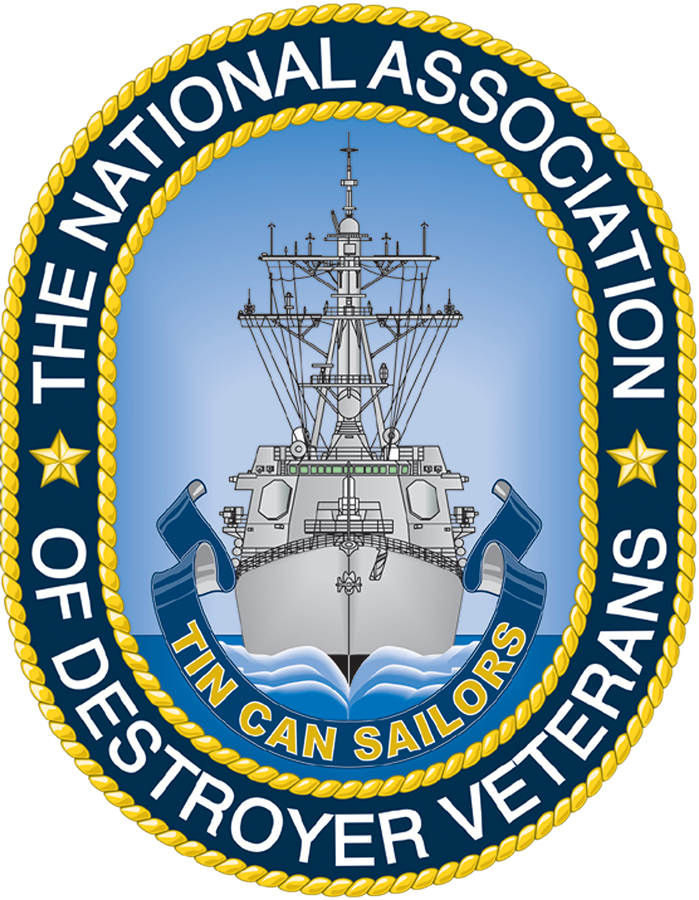Hull Number: DD-185
Launch Date: 10/19/1918
Commissioned Date: 08/27/1919
Decommissioned Date: 09/23/1940
Call Sign: NVU
Class: LAMBERTON
LAMBERTON Class
Data for USS Lamberton (DD-119) as of 1921
Length Overall: 314' 4 1/2"
Beam: 31' 8"
Draft: 9' 3 5/8"
Standard Displacement: 1,213 tons
Full Load Displacement: 1,306 tons
Armament:
Four 4″/50 caliber guns
One 3″/23 caliber anti-aircraft gun
Four 21″ triple torpedo tubes
Complement:
8 Officers
8 Chief Petty Officers
106 Enlisted
Propulsion:
4 Boilers
2 Curtis Turbines: 25,000 horsepower
Highest speed on trials: 33.4 knots
Namesake: WORTH BAGLEY
WORTH BAGLEY
Dictionary of American Naval Fighting Ships, November 2021
Worth Bagley, born in Raleigh, N.C., on 6 April 1874, entered the Naval Academy in 1891. He graduated on 7 June 1895 and, after two years at sea as a passed midshipman, was commissioned ensign on 1 July 1897. At the beginning of hostilities between the United States and Spain late in Apri1 1898, Bagley was serving in Winslow (Torpedo Boat No. 5), a ship that was soon on blockade station off the northern coast of Cuba.
On 11 May 1898, Winslow left her position for Cardenas to replenish her coal bunkers from one of the larger warships located there. When she reached Cardenas, the senior officer present, the commanding officer of Wilmington (Gunboat No. 8) ordered her to reconnoiter Cardenas Bay for mines in company with the revenue cutter Hudson. The negative report on the mines that the two small ships made at the completion of their mission prompted Wilmington‘s commanding officer to decide to take his ship into the bay to search for three Spanish gunboats reportedly lurking there. Bagley’s ship and Hudson served as escorts. At about 3,000 yards from Cardenas, a lookout caught sight of a small, gray steamer moored alongside the wharf. Winslow moved in for a closer look. At about 1335 that afternoon, Bagley’s torpedo boat reached a point about 1,500 yards from the wharf when a puff of smoke announced the beginning of an artillery duel that lasted an hour and 20 minutes. Winslow’s 1‑pounder responded, and then Spanish shore batteries opened on her. The little torpedo boat bore the brunt of Spanish fury and quickly suffered a number of hits.
The first shell to strike Winslow put both her steam and manual steering out of action. While members of her crew tried to rig some type of auxiliary steering gear, Ens. Bagley carried orders to the after engine room hatch in order to keep the warship maneuvering with her propellers. However, at one point the ship swung broadside to the enemy batteries, and a shell knocked out her port main engine. Wilmington and Hudson came to the rescue with their larger guns, and Winslow requested Hudson to tow her out of action. While the two ships attempted to make fast a towline, a shell burst near the after engine room hatch, slaying Bagley and four enlisted men. He was the only naval officer killed in action in the Spanish‑American War.
Disposition:
Renamed USS Doran on 12/22/1939 because USS Bagley DD-385 was under construction.
